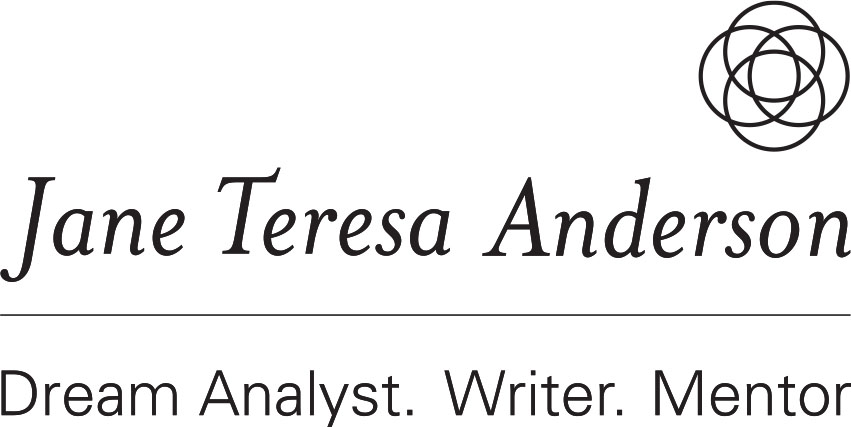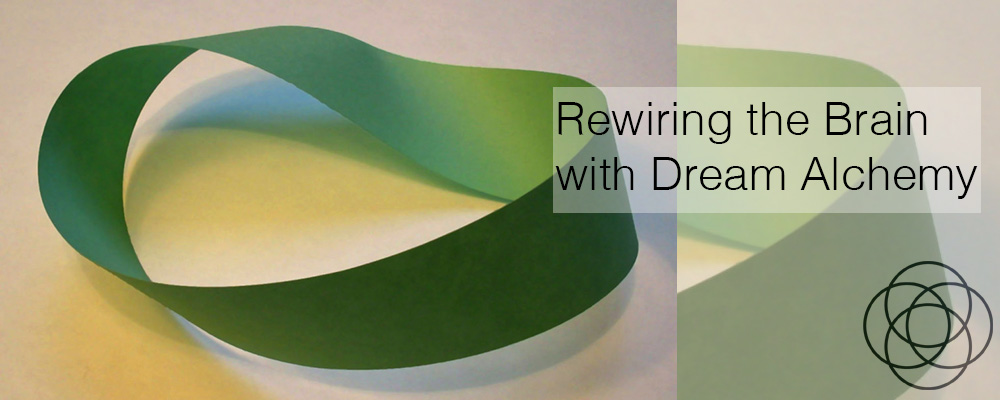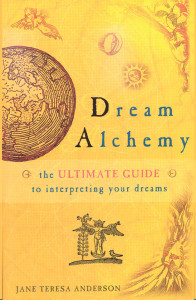Imagine you have a dream about climbing an endless staircase, one that doubles back on itself just when the last step is in sight, or one that twists like a mobius strip, or tricks the eye like an Escher print.
It’s quite a common dream, and, like all unresolved dreams, it reflects an unresolved situation in waking life. It might be as simple as a creative problem you can’t resolve at work, or as complex as a relationship issue you can’t resolve in your personal life.
Now, you wouldn’t just be trotting around that dream staircase thinking ho-hum, would you? After a few rounds you’d be feeling an emotion or two, perhaps frustration, irritation, panic, resignation, disappointment, relief (phew, saved from getting there and confronting something), confusion, what else? What do you imagine you might feel in this kind of dream?
Emotions tend to be heightened in dreams as we touch upon raw feelings (often unconscious) that we bury or hold back from expressing when we are awake. But although you may wake up from an emotional dream with relief, “Oh, thank goodness, only normal staircases in my life today and, anyway, I always take the elevator,” don’t dismiss that dream or the emotions you felt. Somewhere in your life, in the last two days, you lived that analogy of feeling as if you were on an endless staircase, of sensing that a situation would turn back on itself just when the last step was in sight, of not being able to see a solution to getting to where you want to be. And that emotion that you felt in the dream is a key to what is stopping you from resolving the waking life issue, to seeing a solution to the problem.
We all have our blind spots, our unique ways of seeing – or not seeing – the world, based on our automatic habitual patterns of thinking, feeling, and responding to situations. Those patterns are laid down (wired into our brains, automated, plunged into our unconscious mind) as a result of our early experiences, or as a result of more recent emotional trauma. Whatever new and positive experiences life might offer us, that old wiring pattern can be very hard to shift. Why? We established those patterns for our survival, to protect us and keep us safe from the things we feared at that early age or following that trauma. Many of those patterns were learned from our parents or guardians as they modelled their habitual ways of dealing with their fears. It takes a lot for us to give up a pattern that we unconsciously believe keeps us safe, even if it’s no longer relevant in today’s world, or – in most cases – limiting our options and ways of being in the world, stopping us from finding new, better patterns of relating and responding in the world.
In the example of the endless staircase dream, the dreamer is wired to automatically (unconsciously) avoid that last step, or draw out a situation or make it more convoluted than it needs to be. Why? For every dreamer who has this dream, for every person who is trapped in this pattern, the reason will be unique, but one thing is for sure – at least one strong emotion is holding the wiring in place. One person might lack the self esteem to take that last step, another might fear success or failure (there are plenty more possibilities), and in each case that lack of self esteem or fear of success or failure (or other reason to avoid that last step) stems from a past emotional experience or strong emotional conditioning from parents or guardians.
So how do you rewire your brain, or reprogram your unconscious habitual beliefs and patterns?
In sports psychology, it’s known that if you practice a move a few times and then visualise it many times a day for weeks, when you try that move again you will have improved or even mastered it. The same goes for developing other new skills, such as a pianist mastering a new piece by visualising the placement of her fingers on the keyboard as she hears the music. Science has proven that – in the circumstances in which it has been tested – repetitive visualisation rewires the brain for new skills.
When I create dream alchemy visualisations I ask people to repeat them twenty or thirty times a day for two weeks, then a couple of times a day for a few more weeks. These are figures I’ve arrived at over many years of trial and error. They are designed to rewire the brain (reprogram unconscious beliefs and the patterns they generate), and they are effective because they utilise the person’s unique dream symbols.
Our dream symbols and themes are the pictures our individual dreaming minds come up with while our brains are processing our conscious and unconscious experiences of the last 24-48 hours, trying to make sense of our world. As we dream, we try to fit our recent experiences in with our current understanding of the world, and mostly we manage to do that, even when our current understanding of the world is not serving us well. Those dream symbols and themes are the closest language we can get to the language of our unique unconscious mind, the closest language we can get to the language of our brain wiring.
So with dream alchemy you visualise a key dream symbol transforming, or a key dream theme resolving. In the example you might visualise seeing that last step and stepping effortlessly onto it, or you might straighten and shorten your complex dream staircase and then take that last step. Repetition is a necessary key, just as it is when used in mastering a sports or music skill through visualisation.
There is one other very important factor with dream alchemy, and it’s something that can make people feel so uncomfortable that they hold back from doing the visualisation fully, or stop doing the repetitions. Yet that uncomfortable feeling is actually a sign that the dream alchemy is the spot on formula. With dream alchemy, you need to visualise transforming the negative emotion you felt in the dream (e.g. confusion or irritation) into a positive emotion (e.g. clarity or enrichment). If your pattern is heavily invested in the negative emotion (e.g. confusion or irritation are comfort zone for you, keeping you ‘safe’ from the changes you fear that clarity or enrichment might demand), you’re going to feel very uncomfortable about visualising those emotional shifts in your dream alchemy.
This is the point where you either need to have faith and push through (because you want to change), or have me take you through the dream alchemy personally and repetitively. Faith is born of understanding the dream. When you interpret a dream (or engage my help with doing this), you get to see your pattern with new eyes. You get to understand where it came from, and you get to identify and understand the emotions that underpin it. It’s the details of your dream (details beyond the general theme of the staircase itself in this example) that, once analysed, give that understanding. You know when it’s right, because it all suddenly makes sense. But all the while you have that buried emotion deep down inside, intellectual reasoning and sheer will alone is not powerful enough to transform that emotion.
Here’s how to transform an emotion that’s holding a pattern in place. First identify the emotion. Dream analysis is one of the best tools for this. Secondly, feel the emotion. Sorry, no short cut here. Get into it, feel it, notice where you feel it in your body as well as in your heart, let it speak to you, see what thoughts and other feelings come up, perhaps notice associated beliefs, and when you’ve really delved into it and felt it, thank it for enlightening you and then let it go. Imagine it drifting up and out of your body to dissolve into a puff of pure air, completely gone, leaving its positive counterpart emotion free to take its place within you.
Then continue with your dream alchemy visualisation. You’ll begin to notice changes in the way you respond in the world, changes in the way you feel about taking that last step (in this example), or you’ll suddenly have a eureka moment about that creative work problem and see the perfect solution. It will seem easy, and that old pattern will now seem strange, even funny. At that point, you have successfully rewired your brain. Oh, and grown personally, creatively, and spiritually. Enjoy!
(PS Happy Birthday time: this blog was launched four years ago today.)



